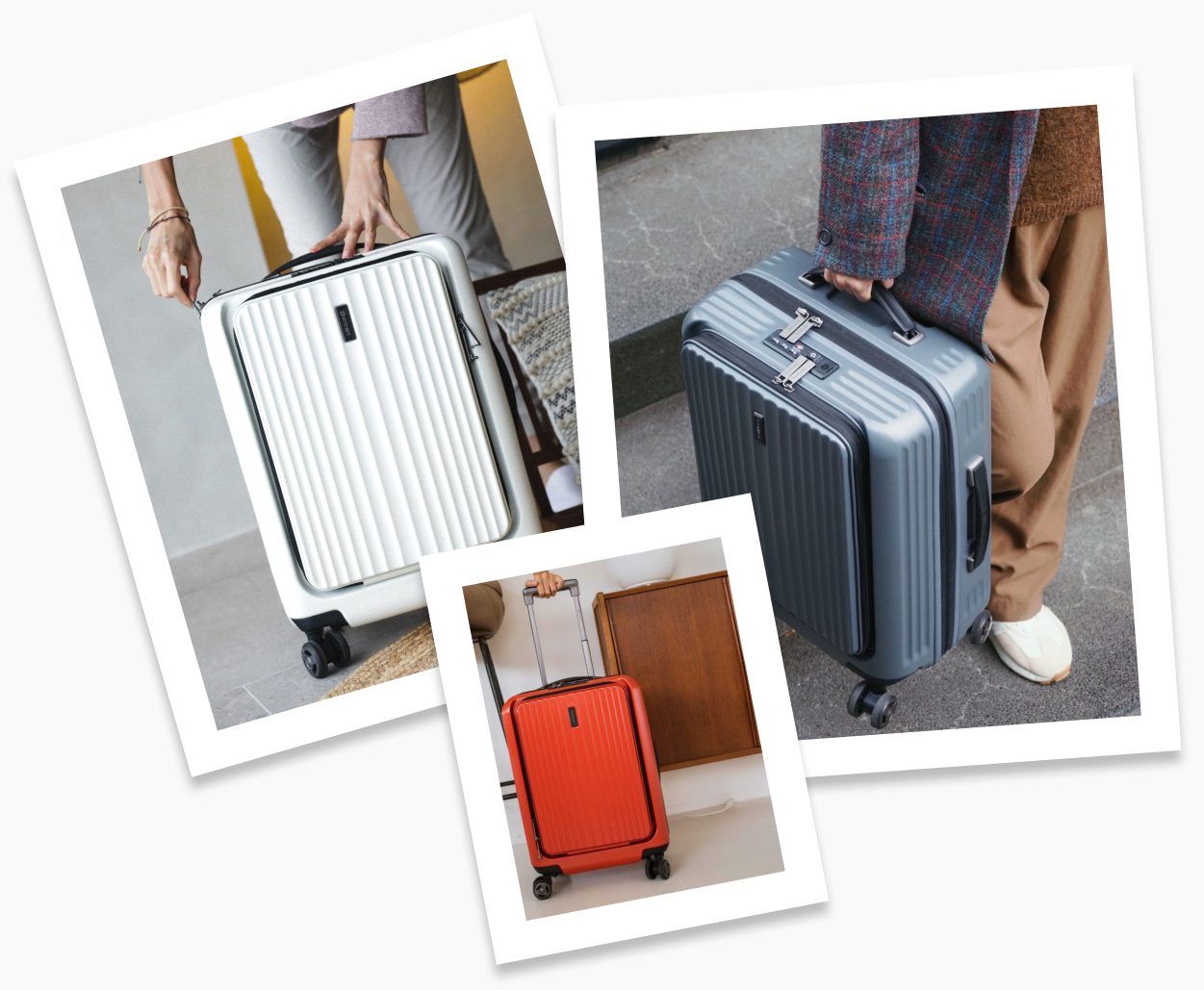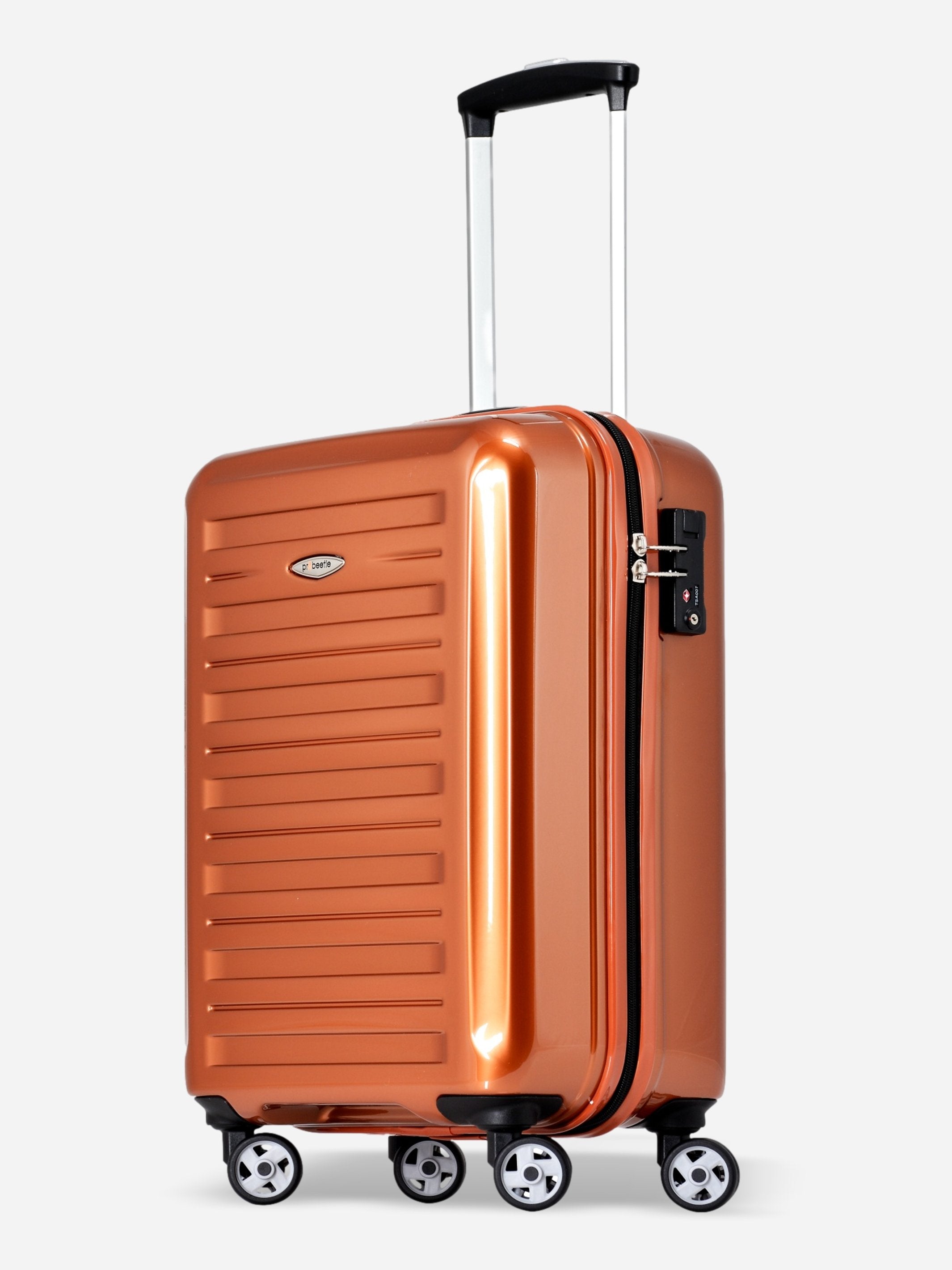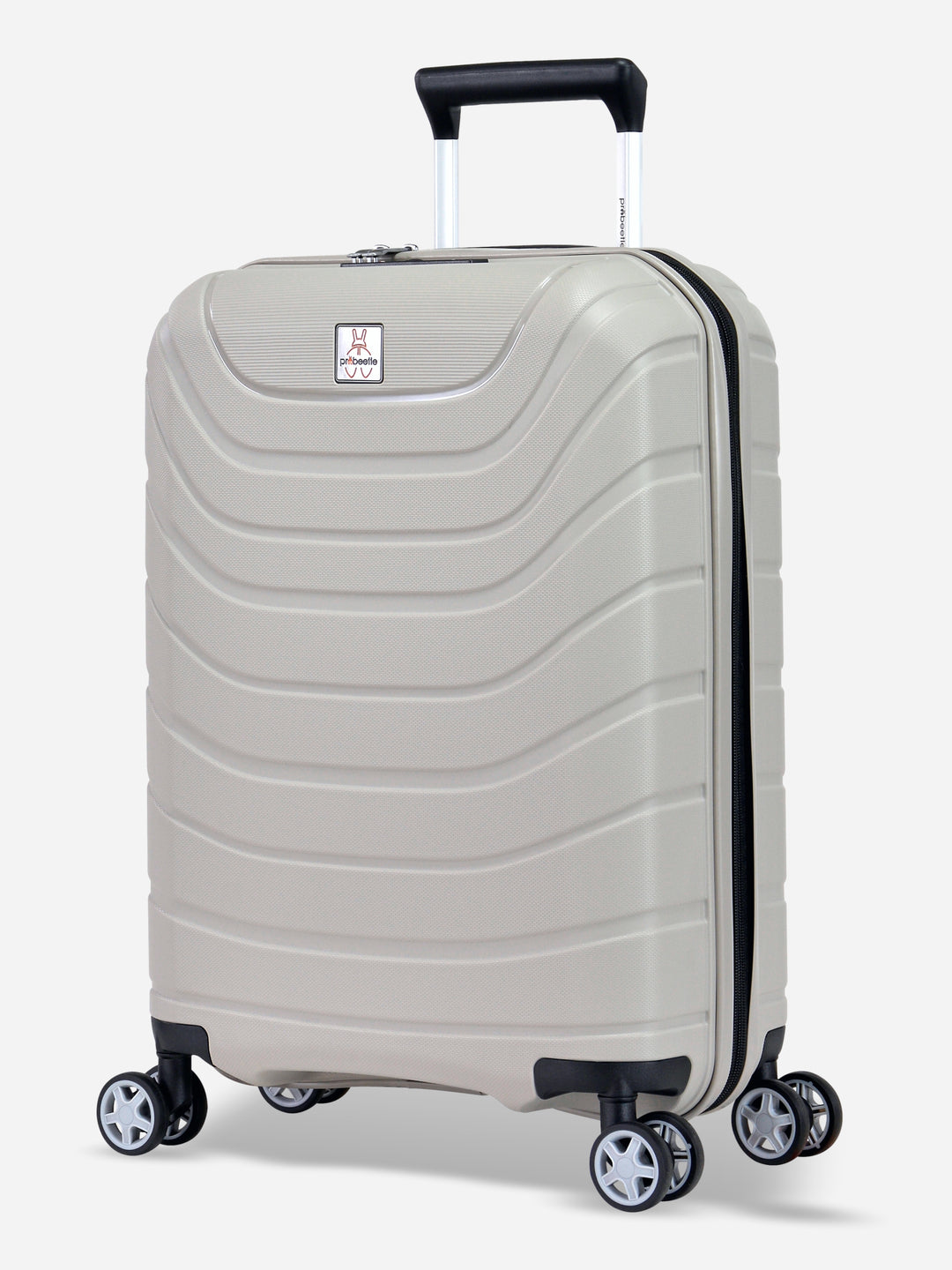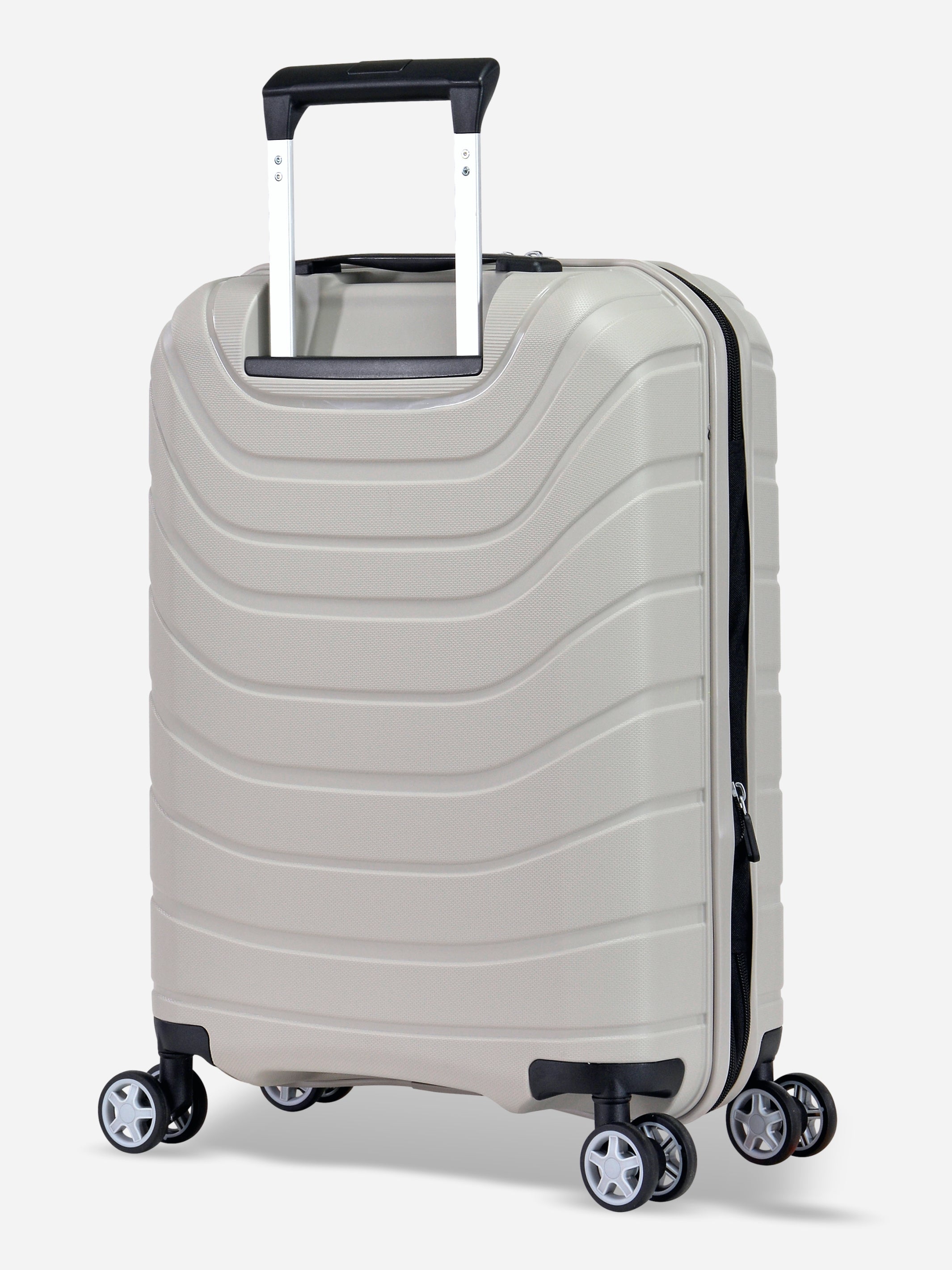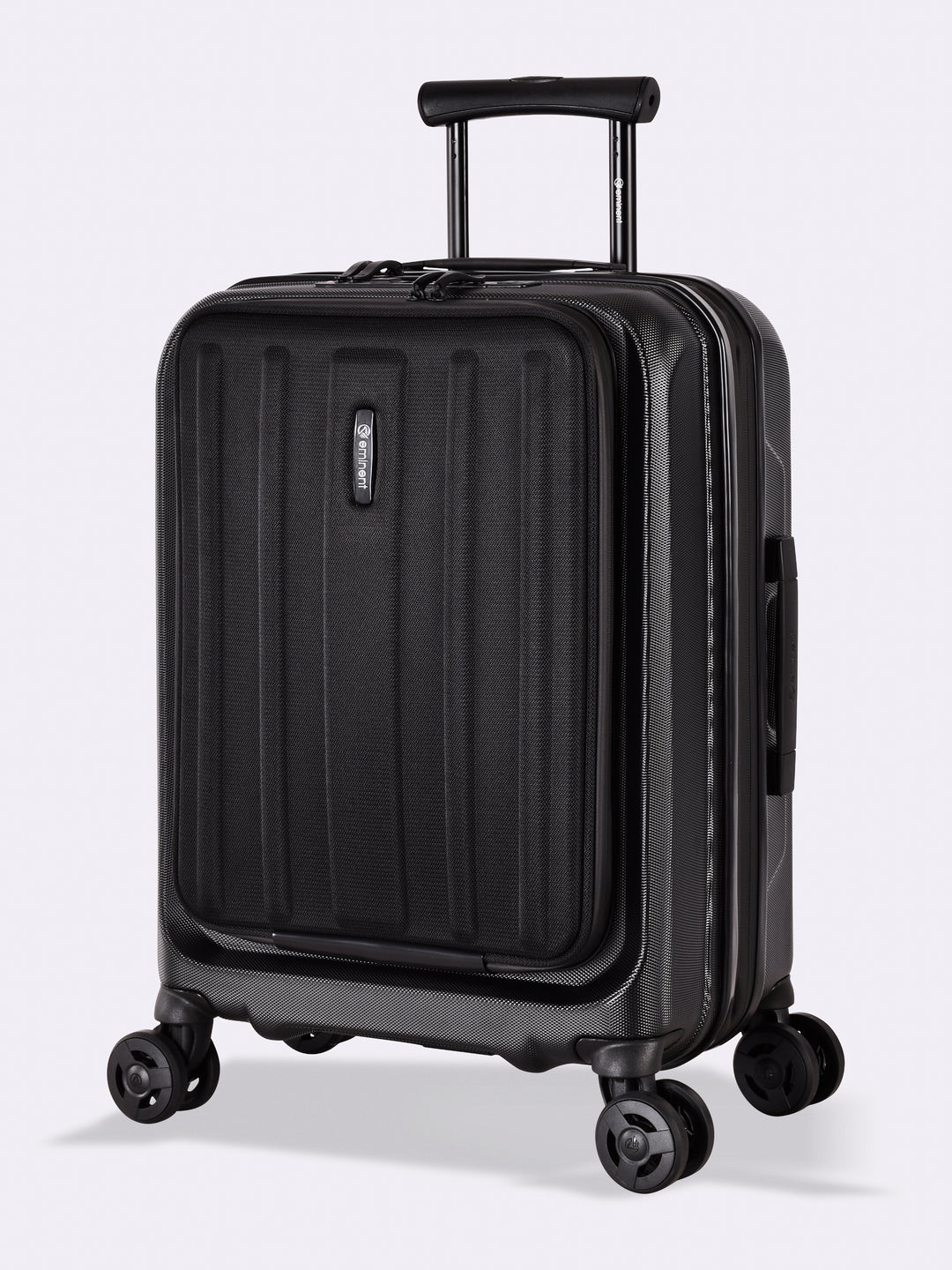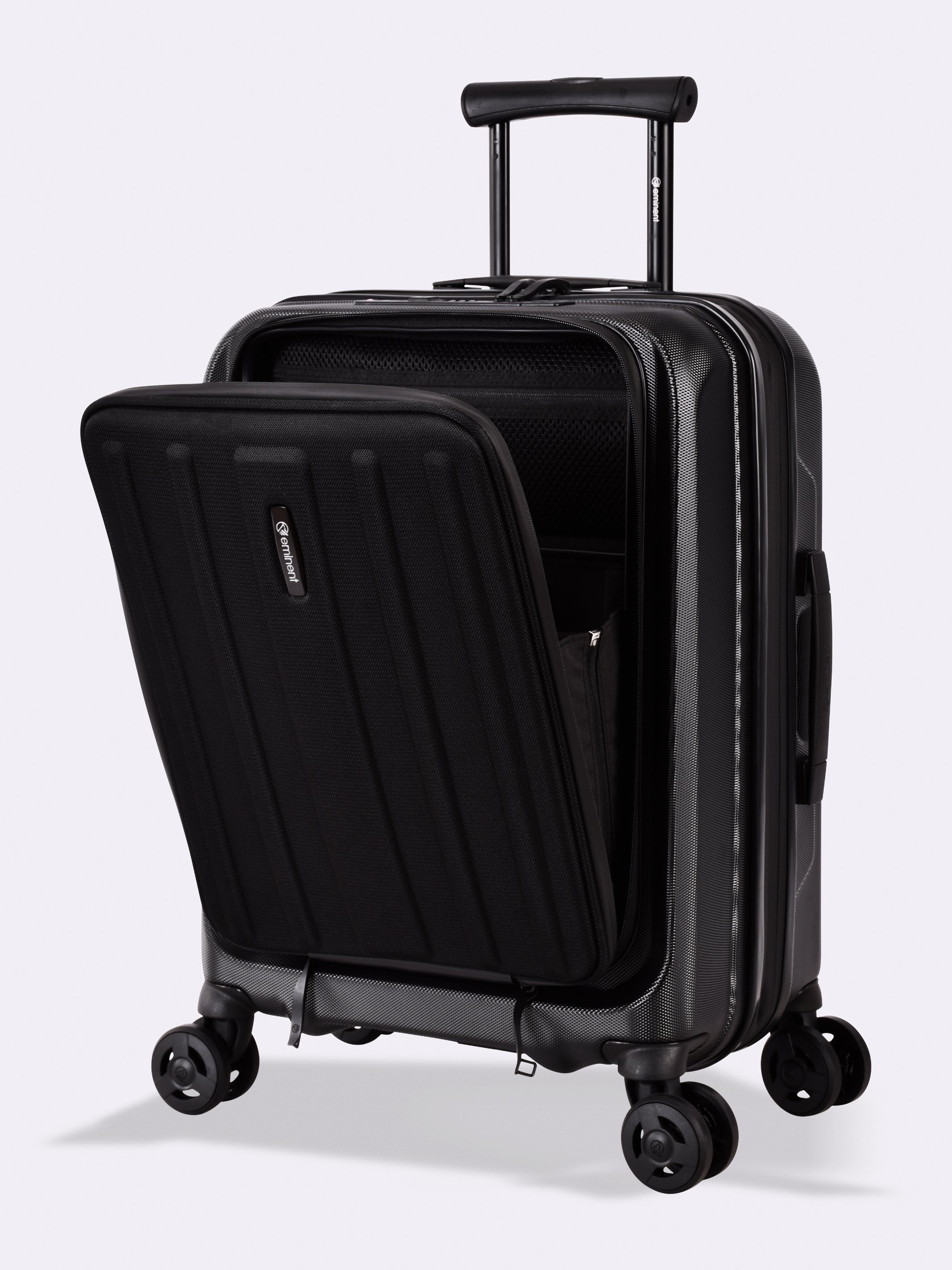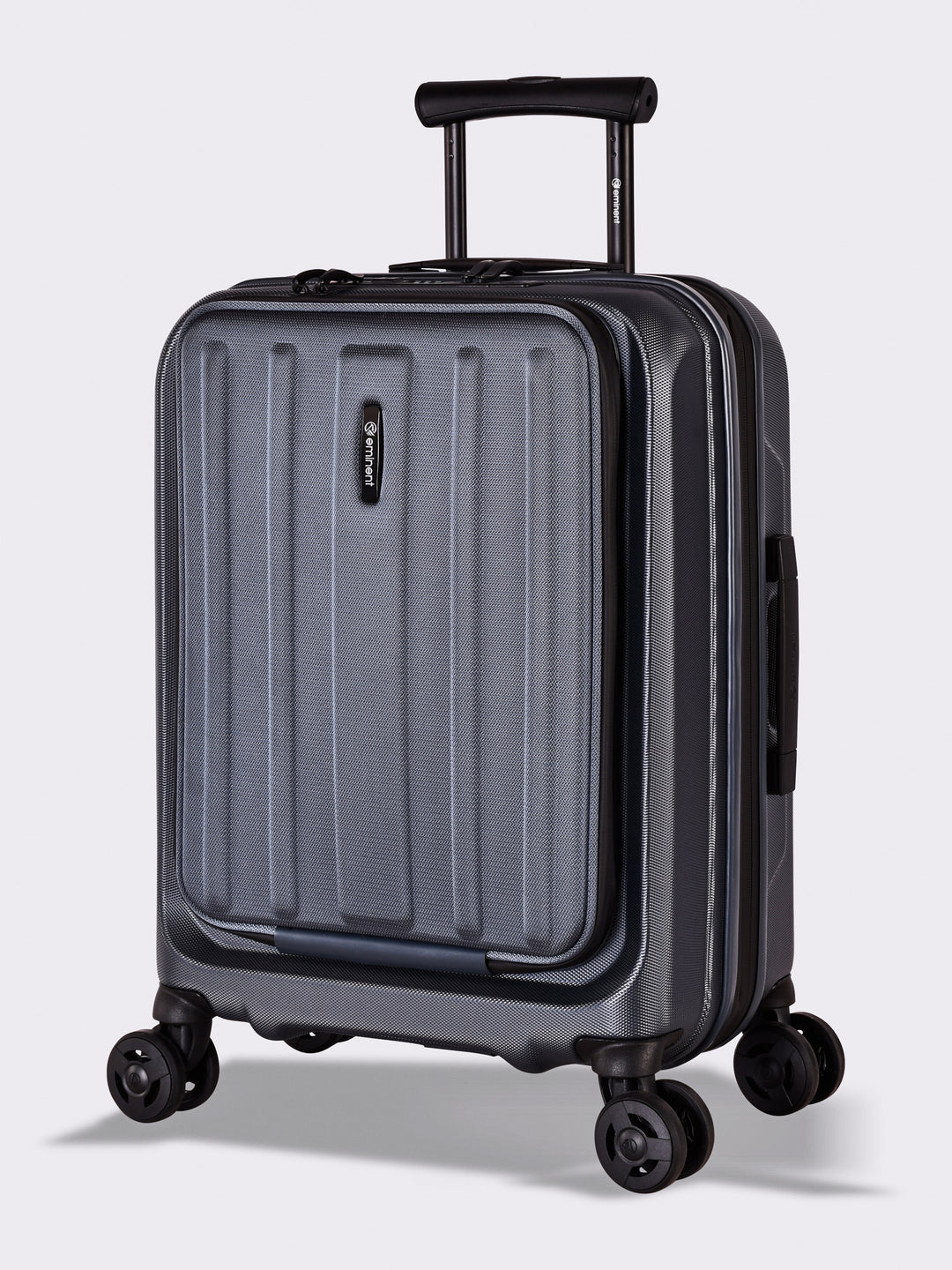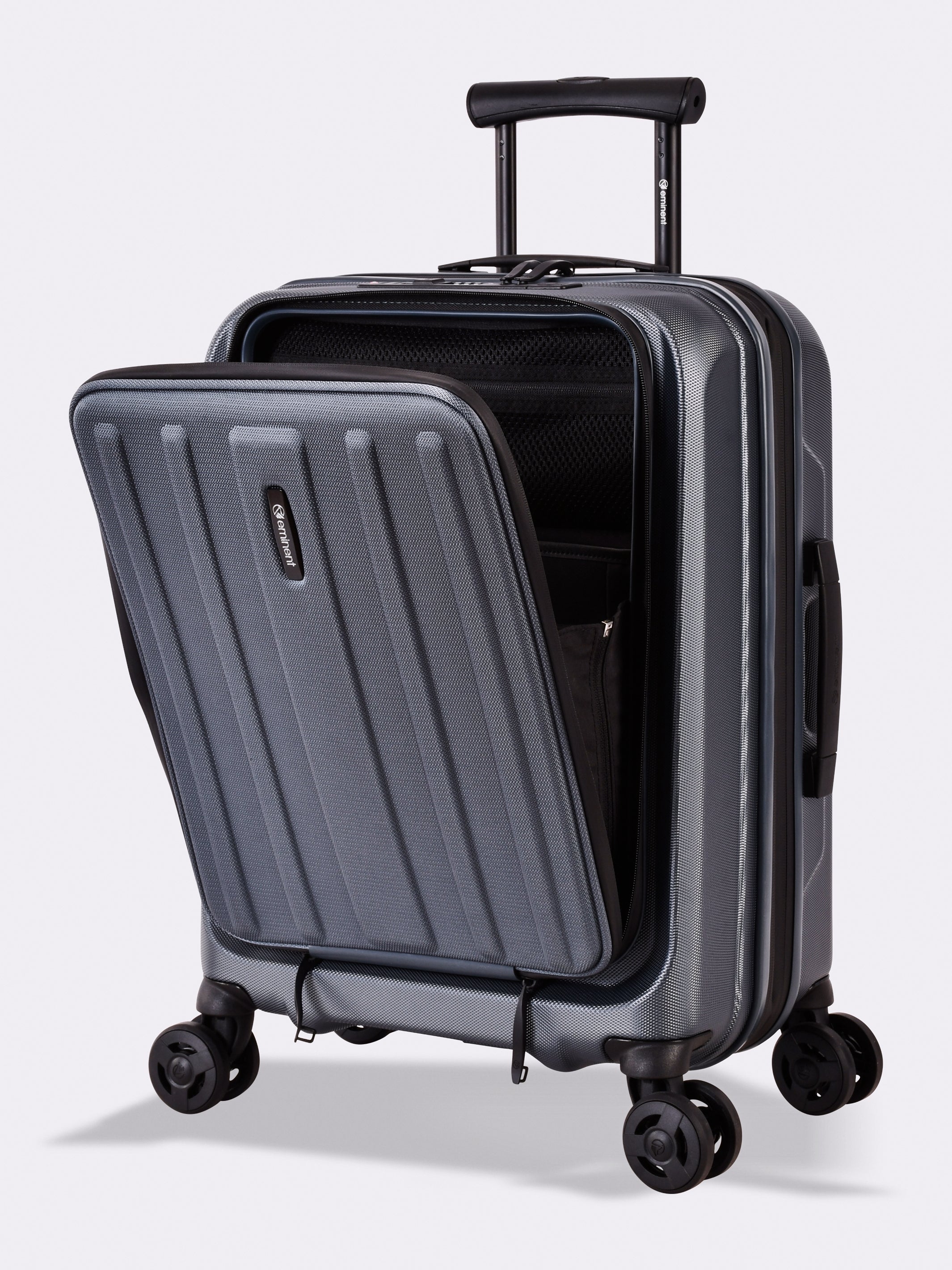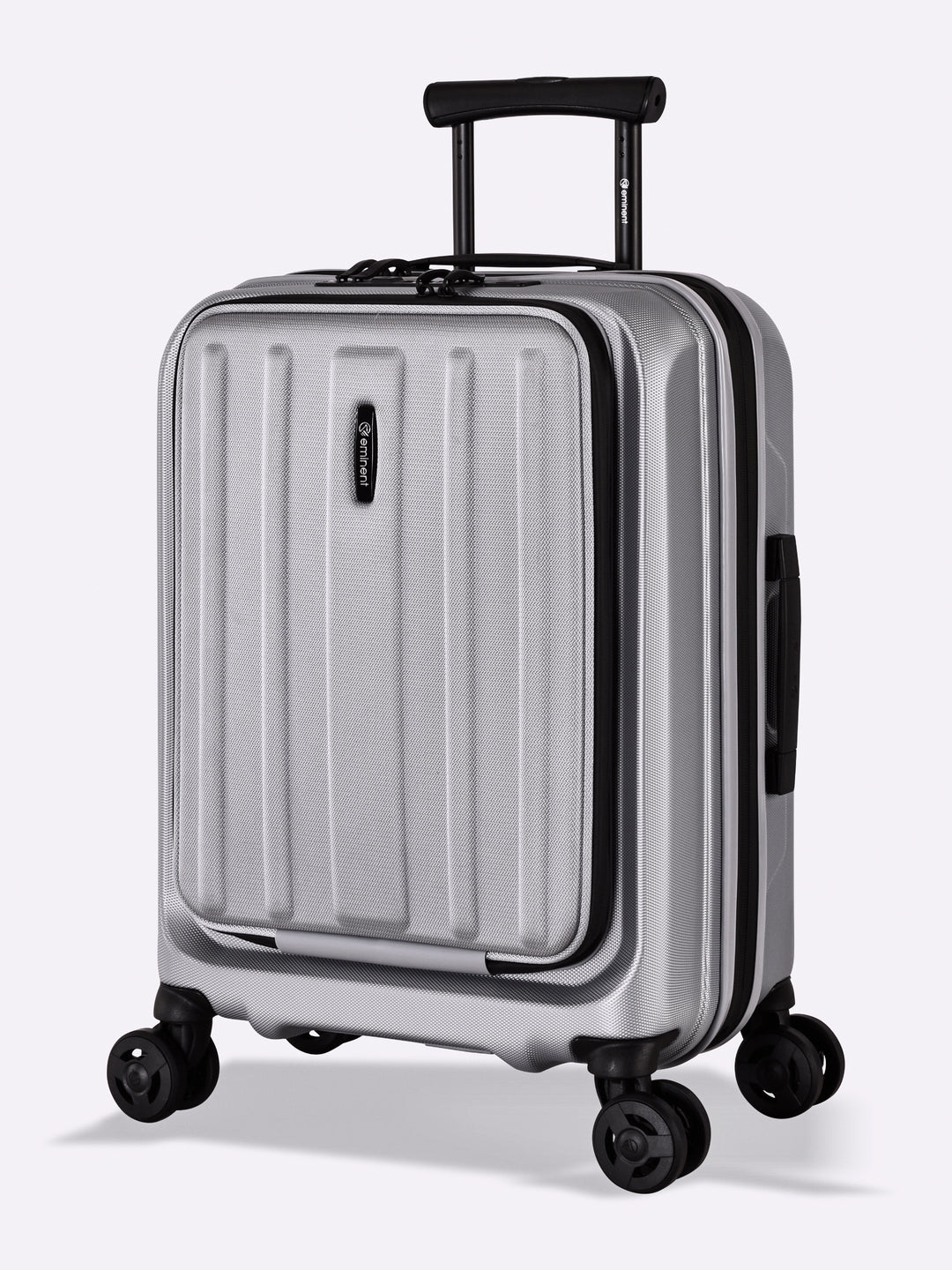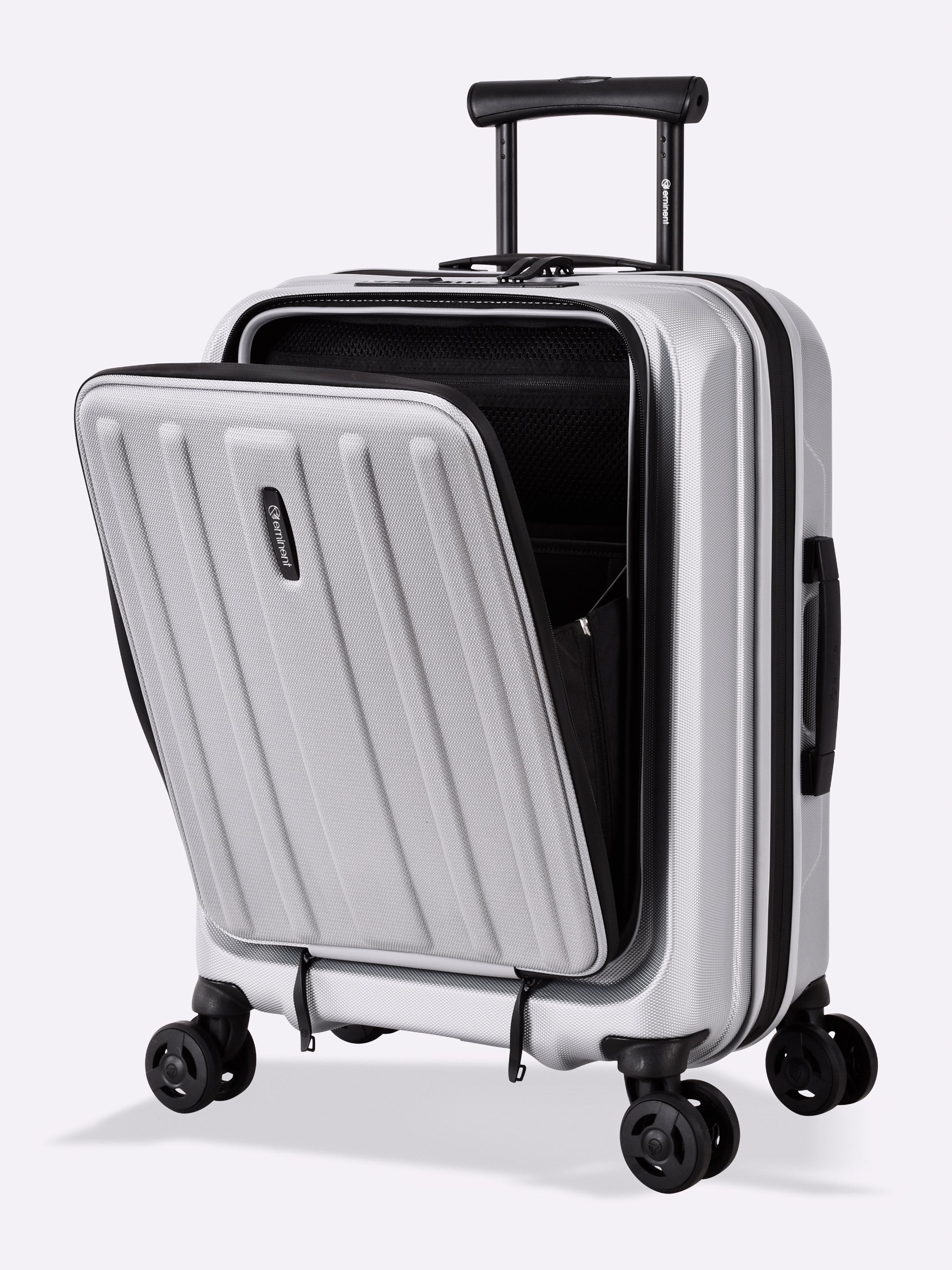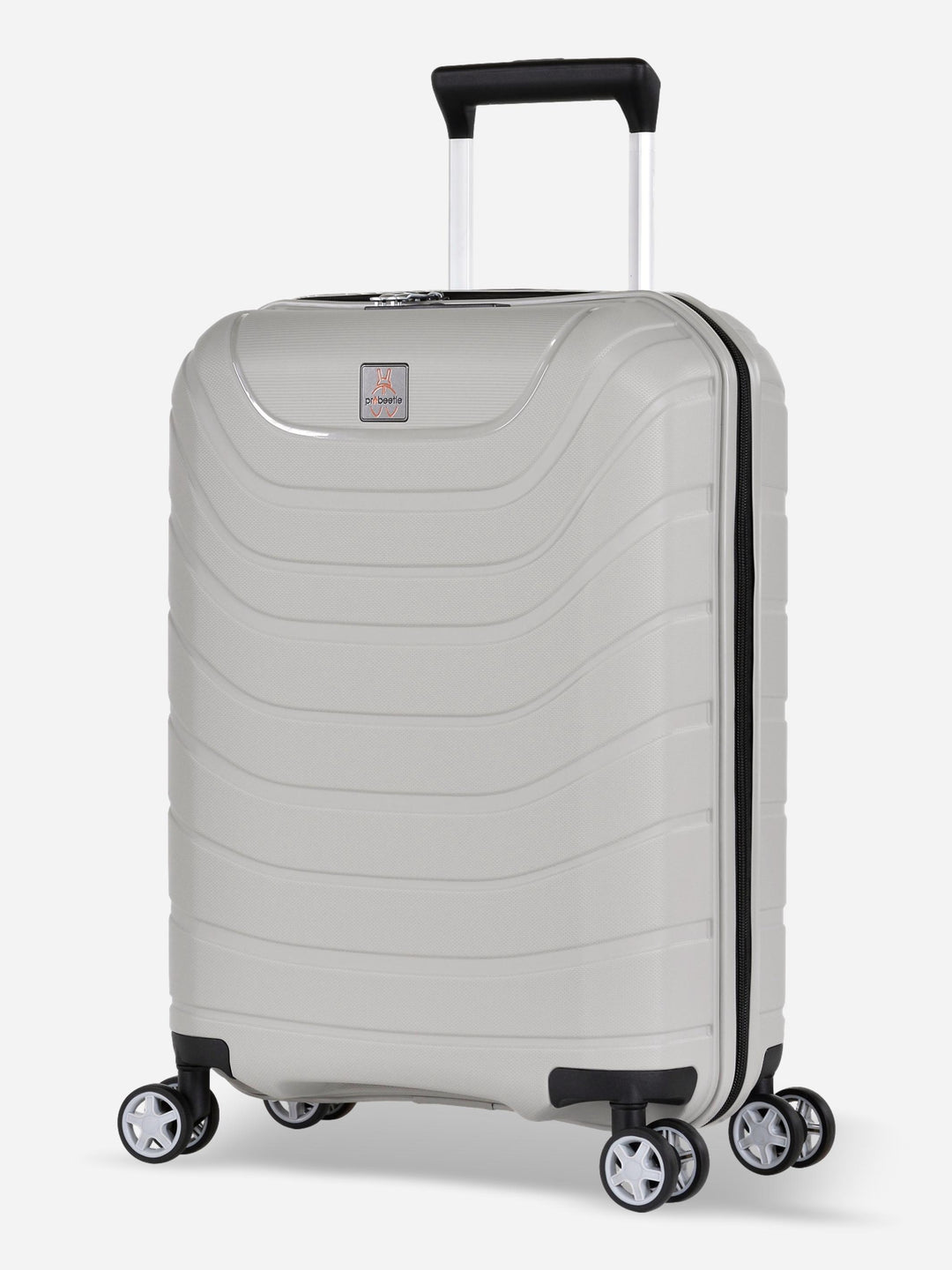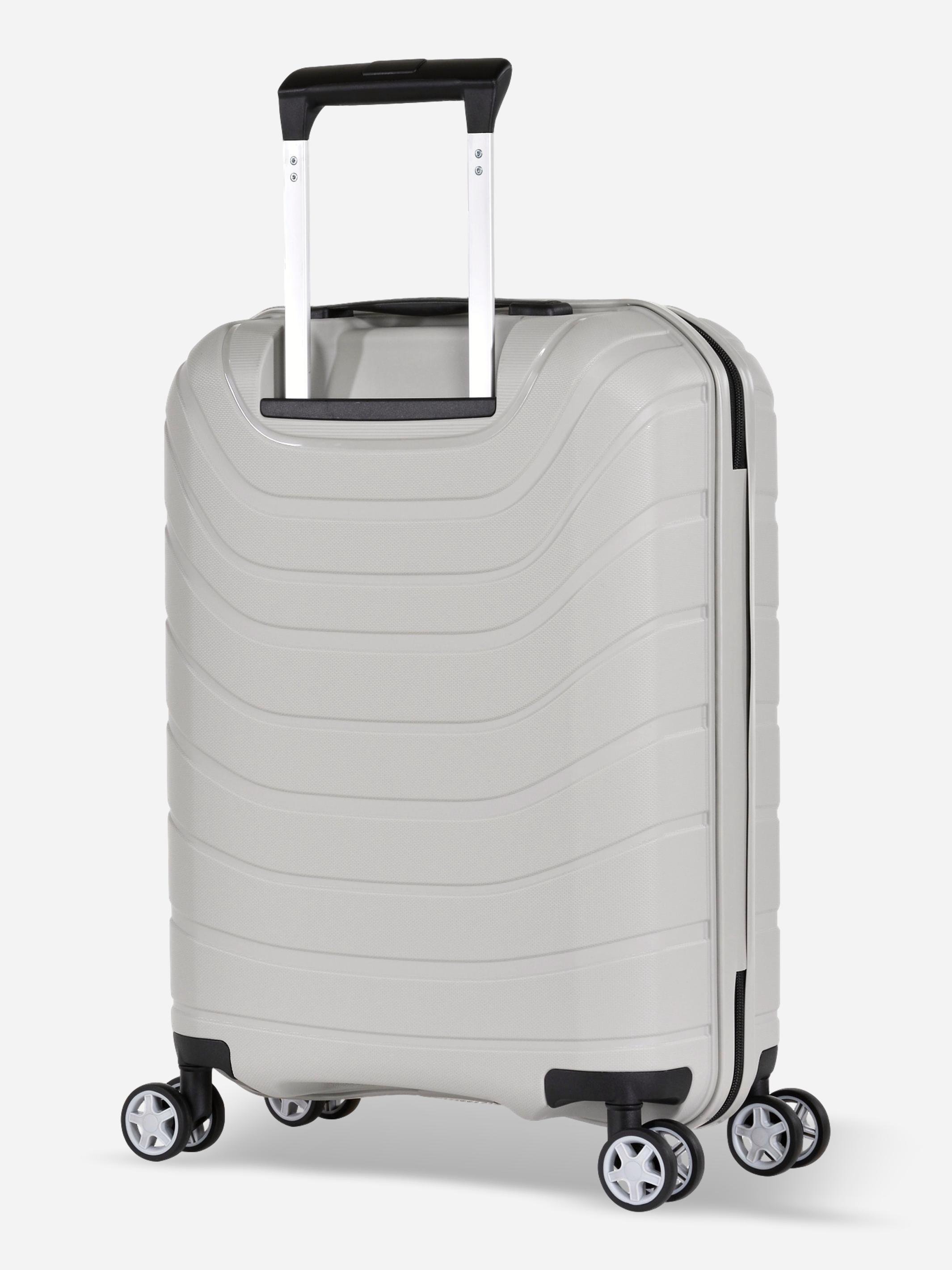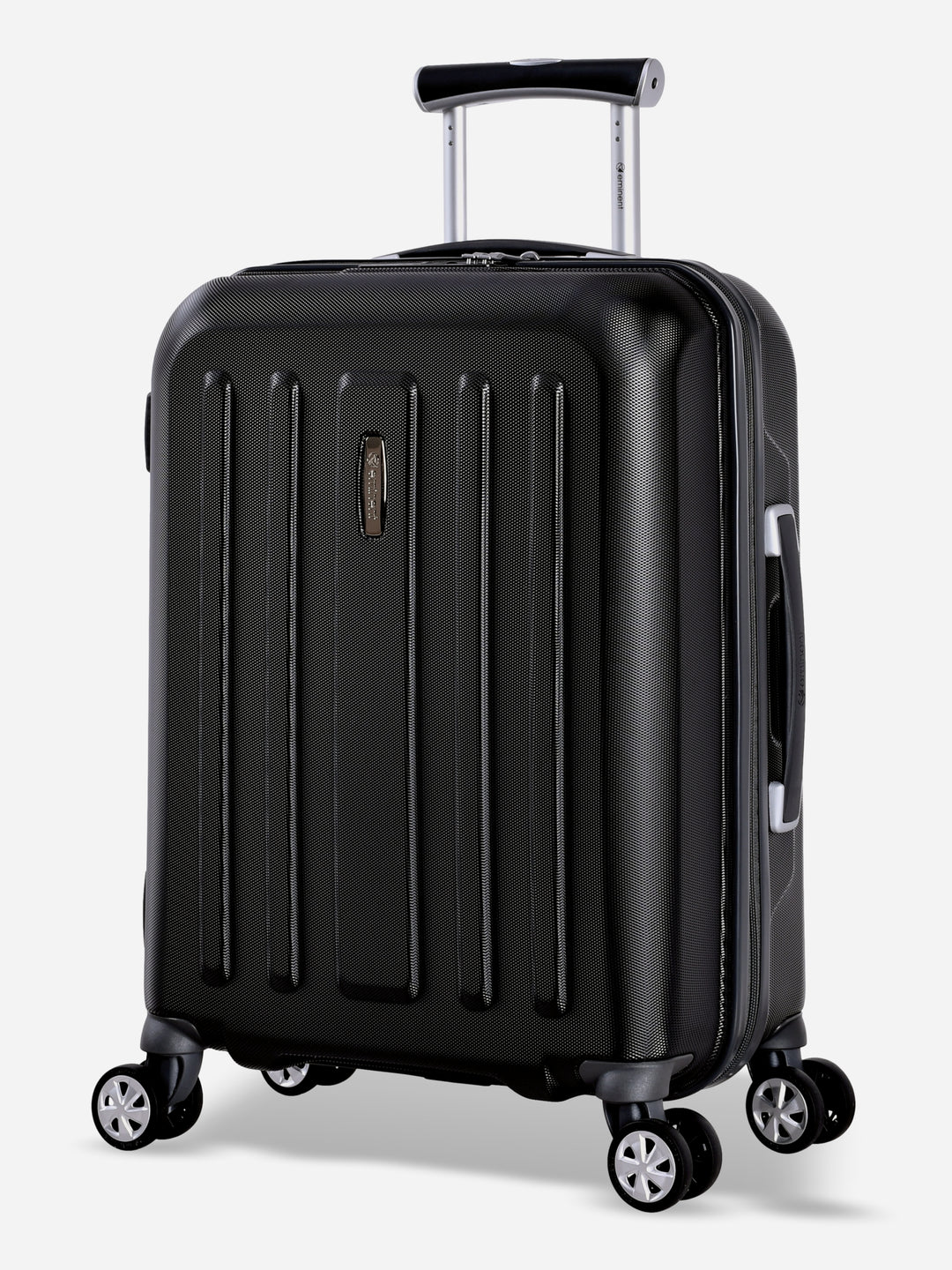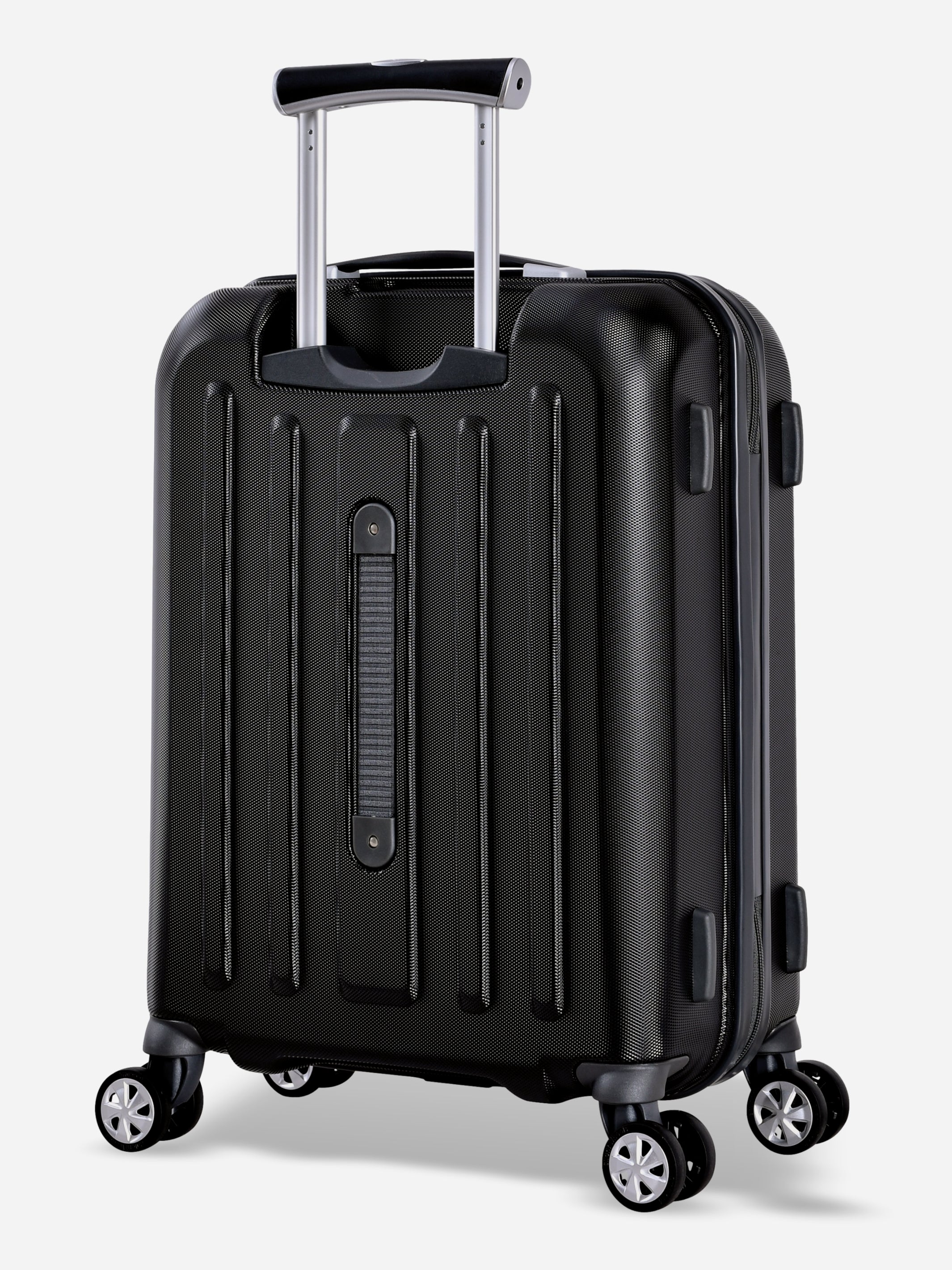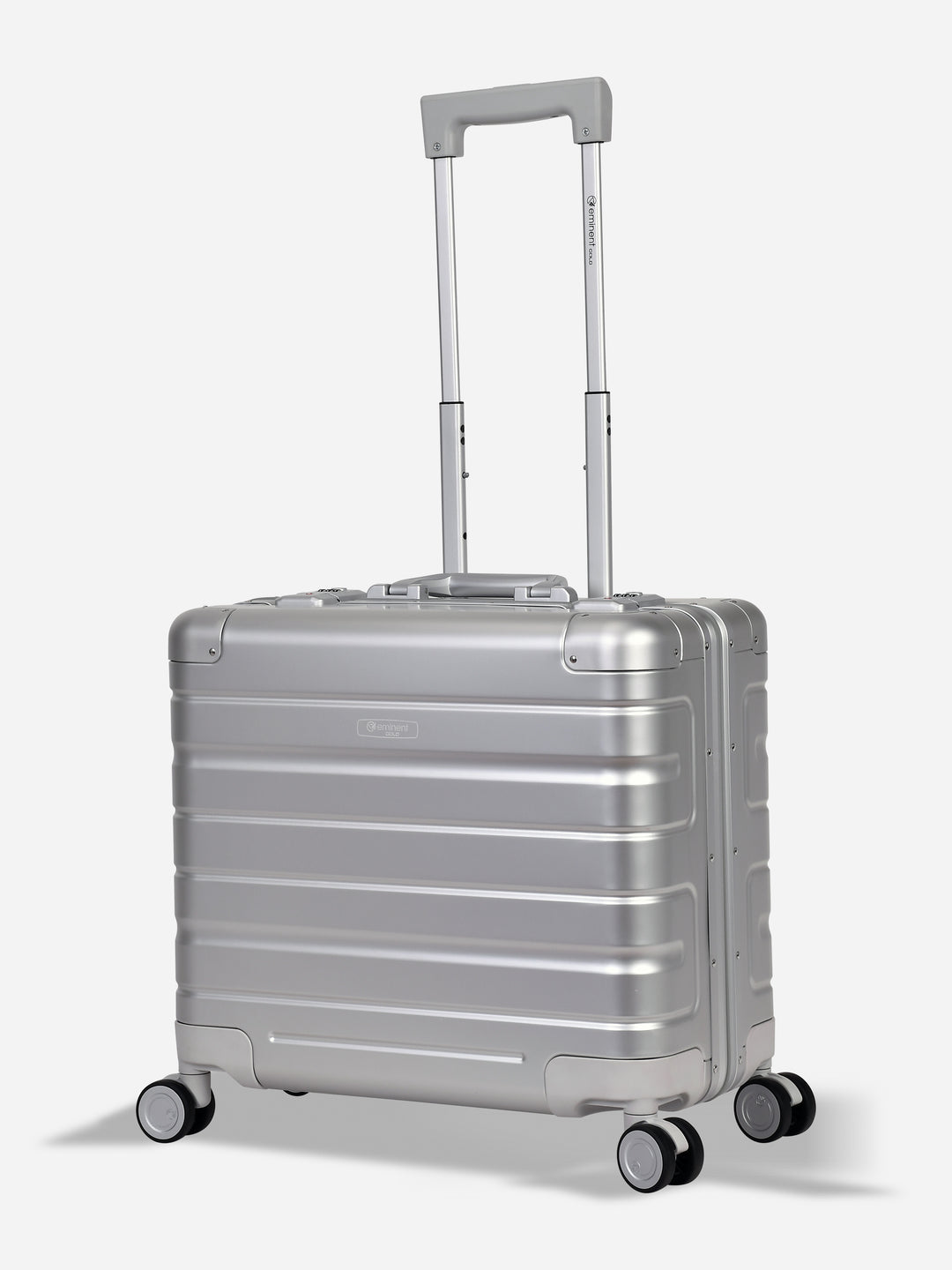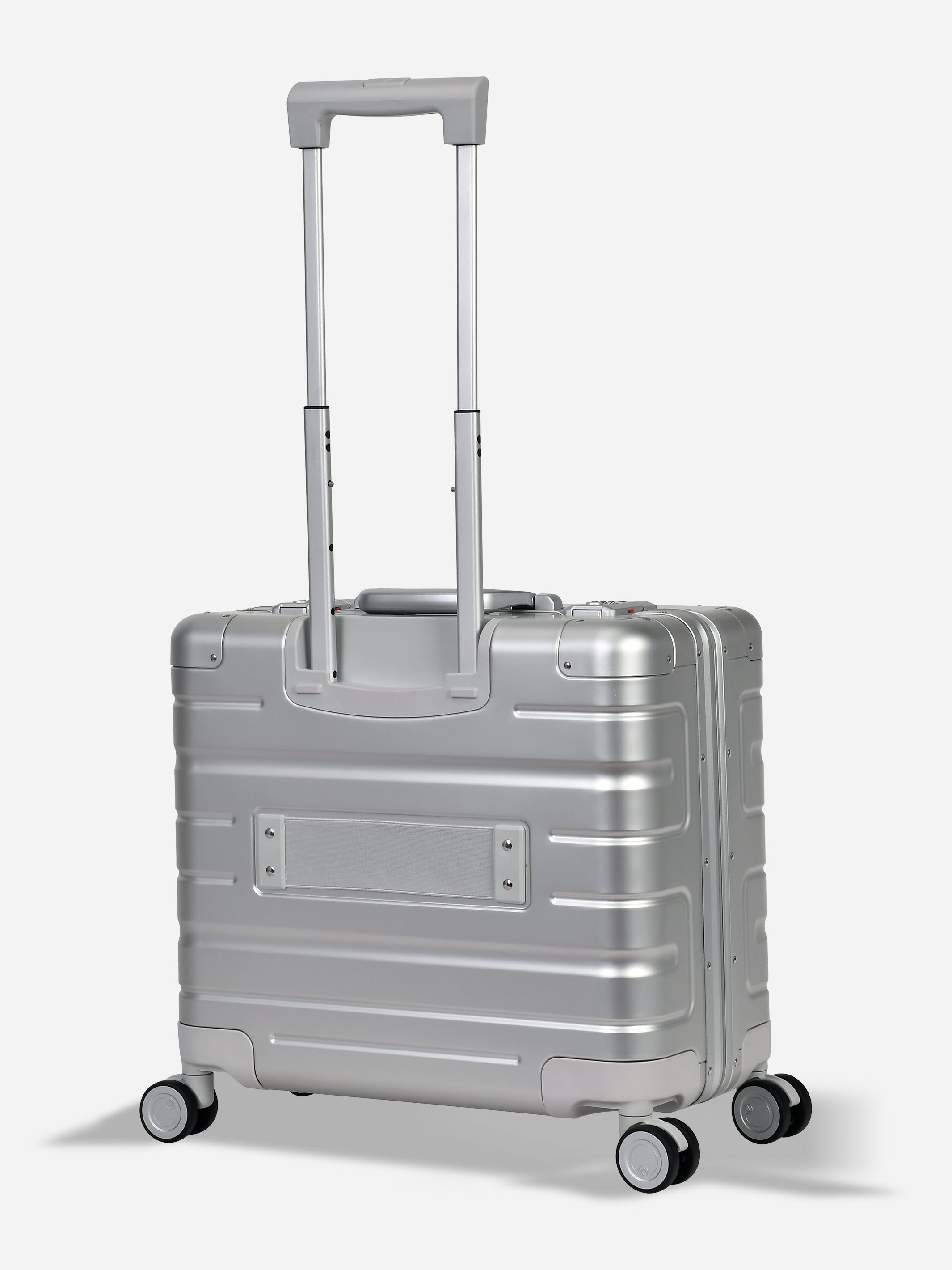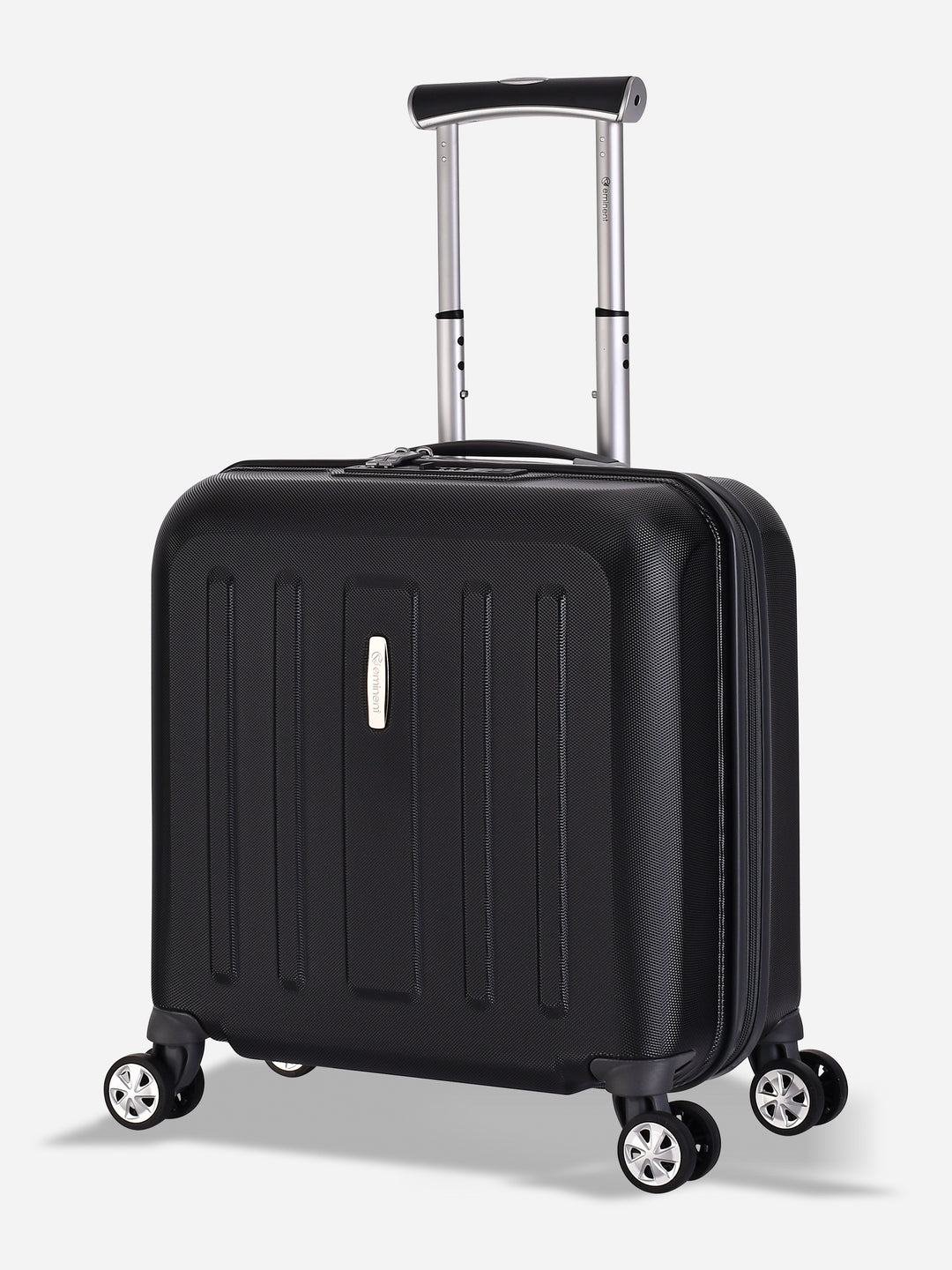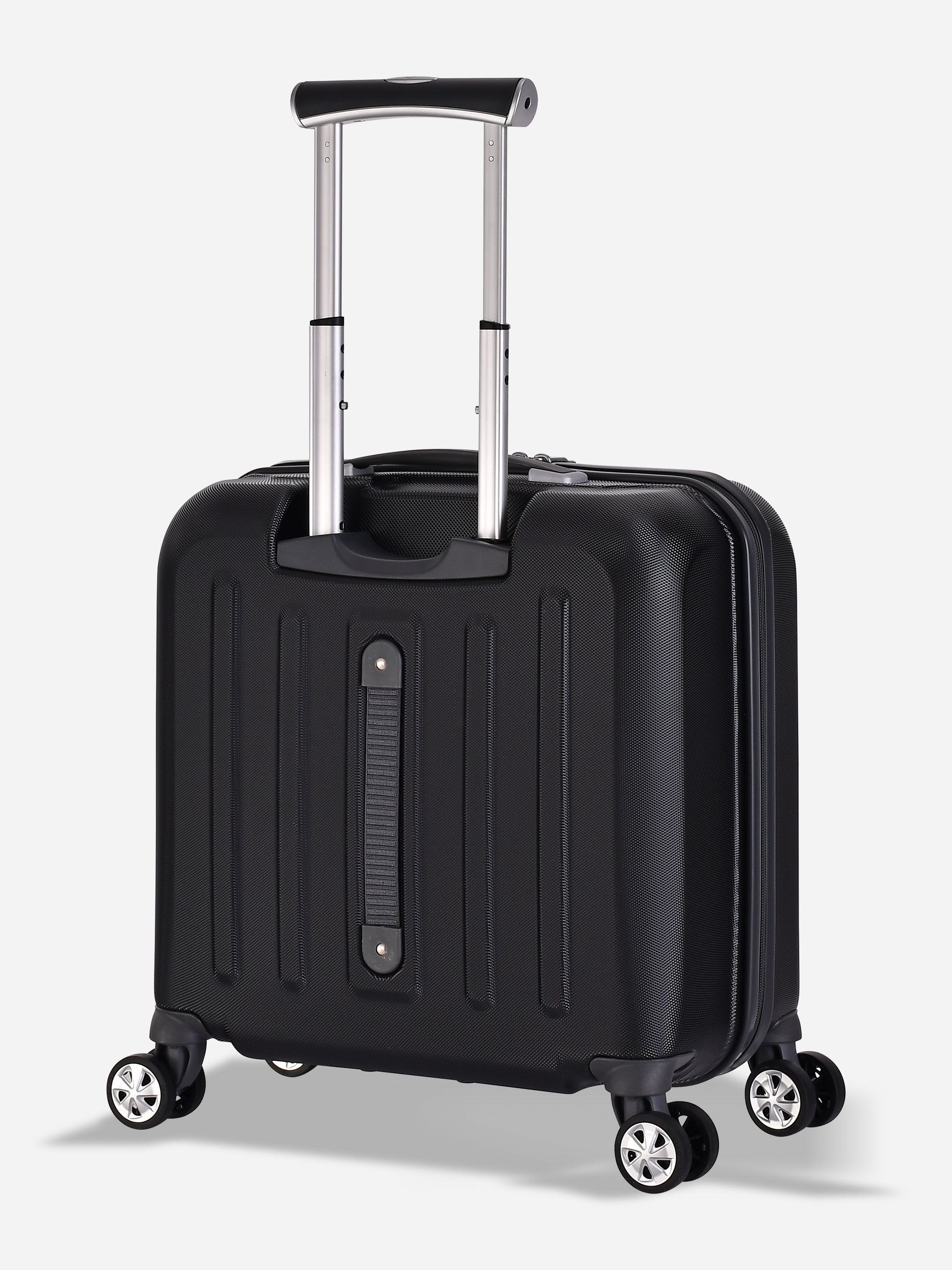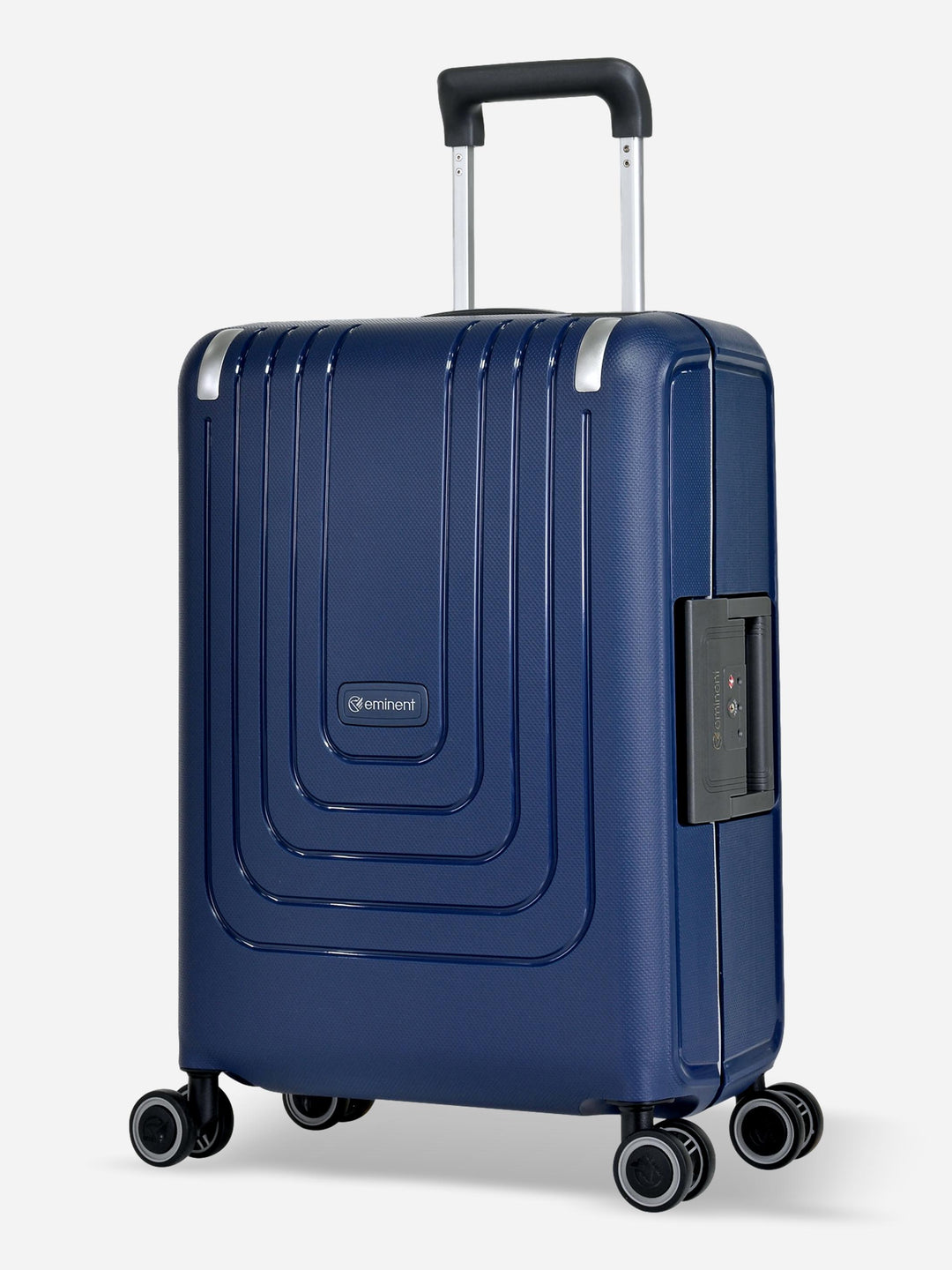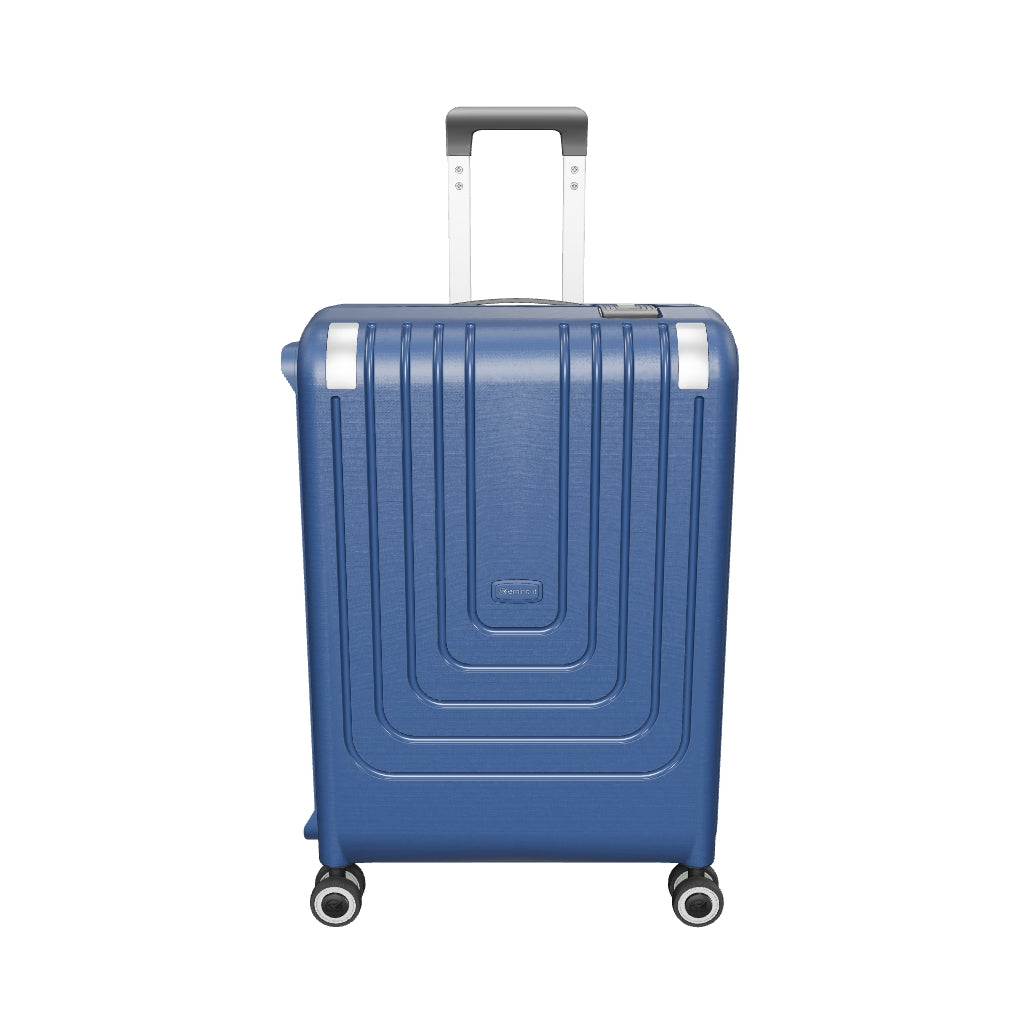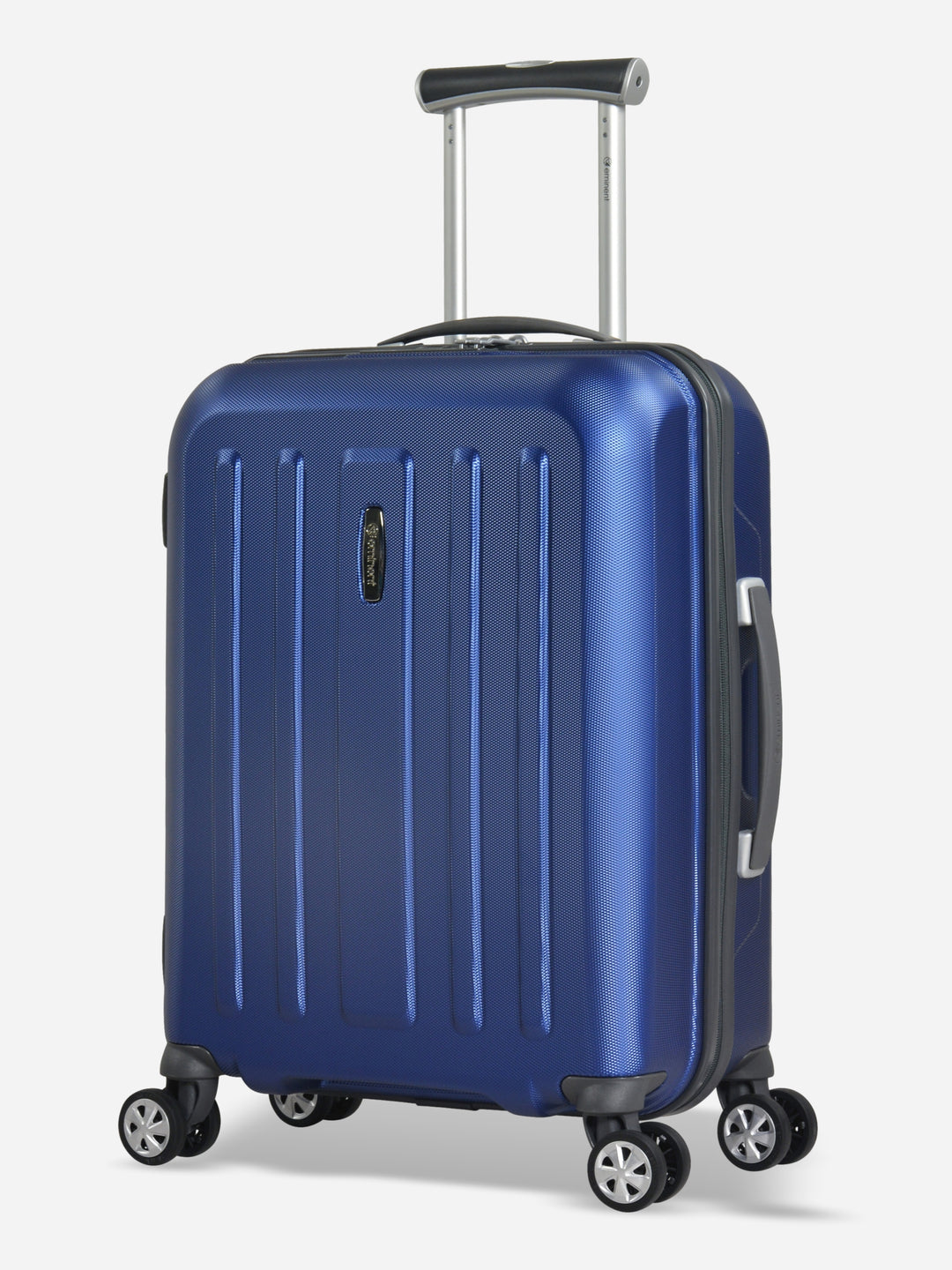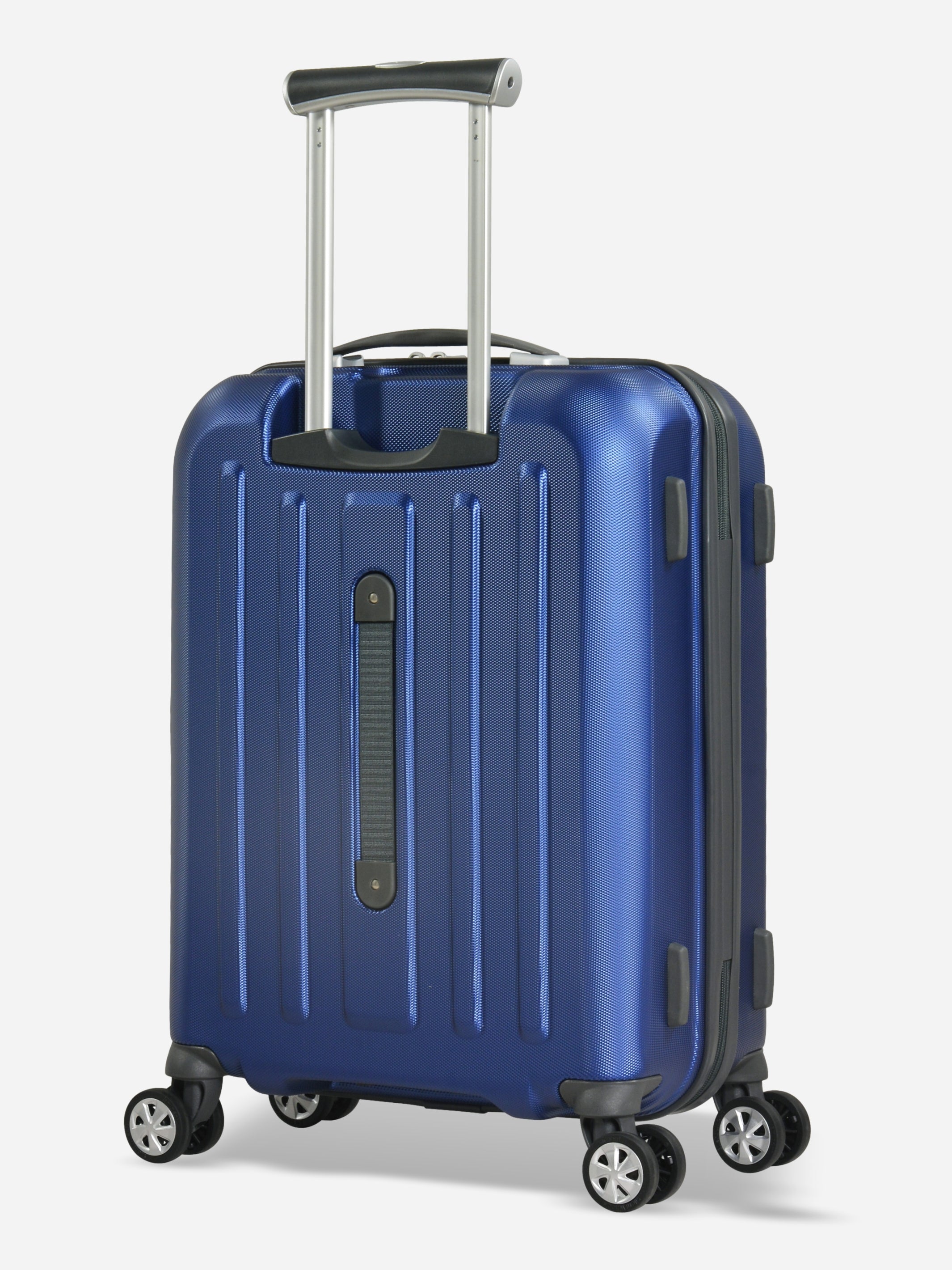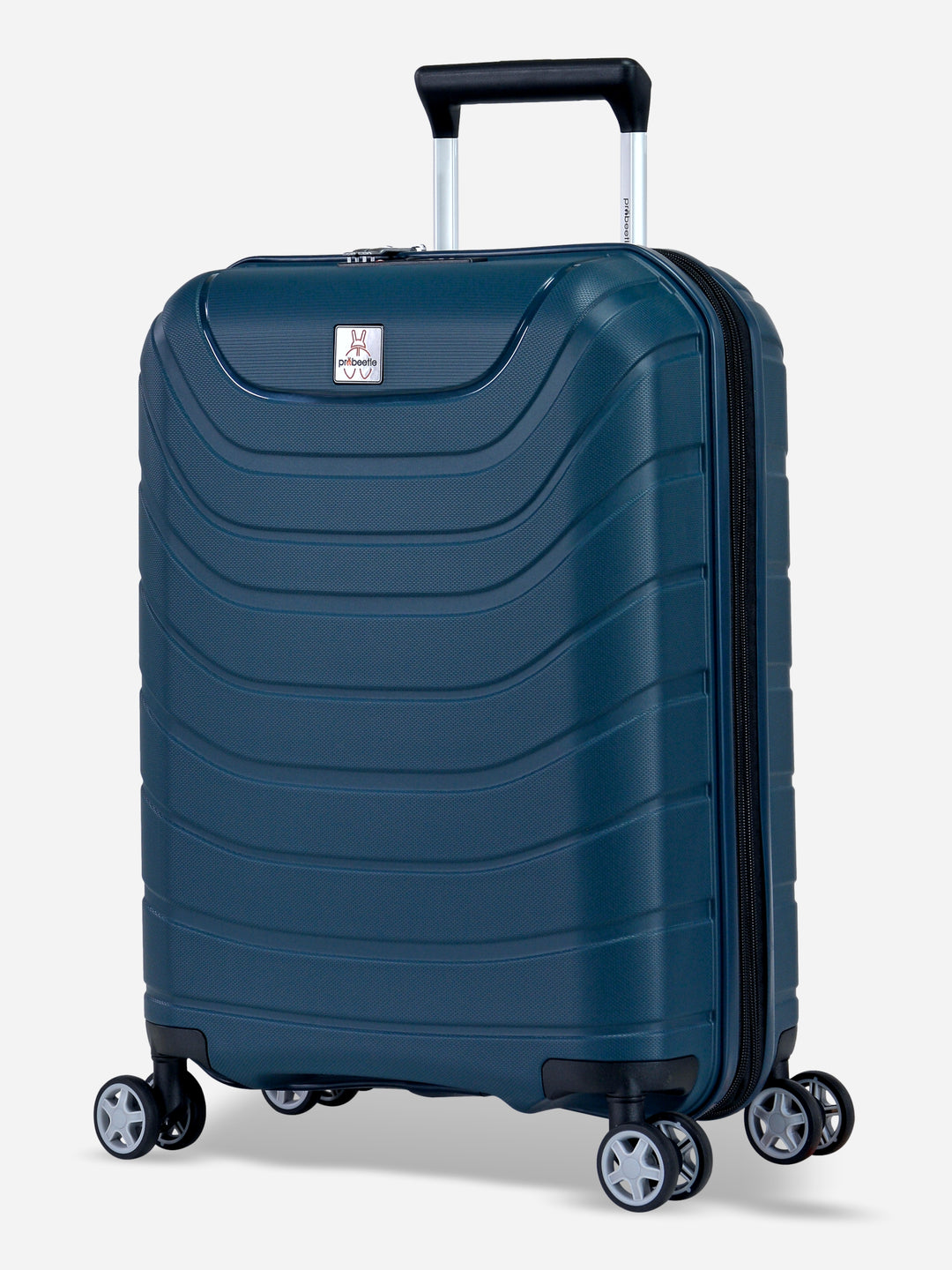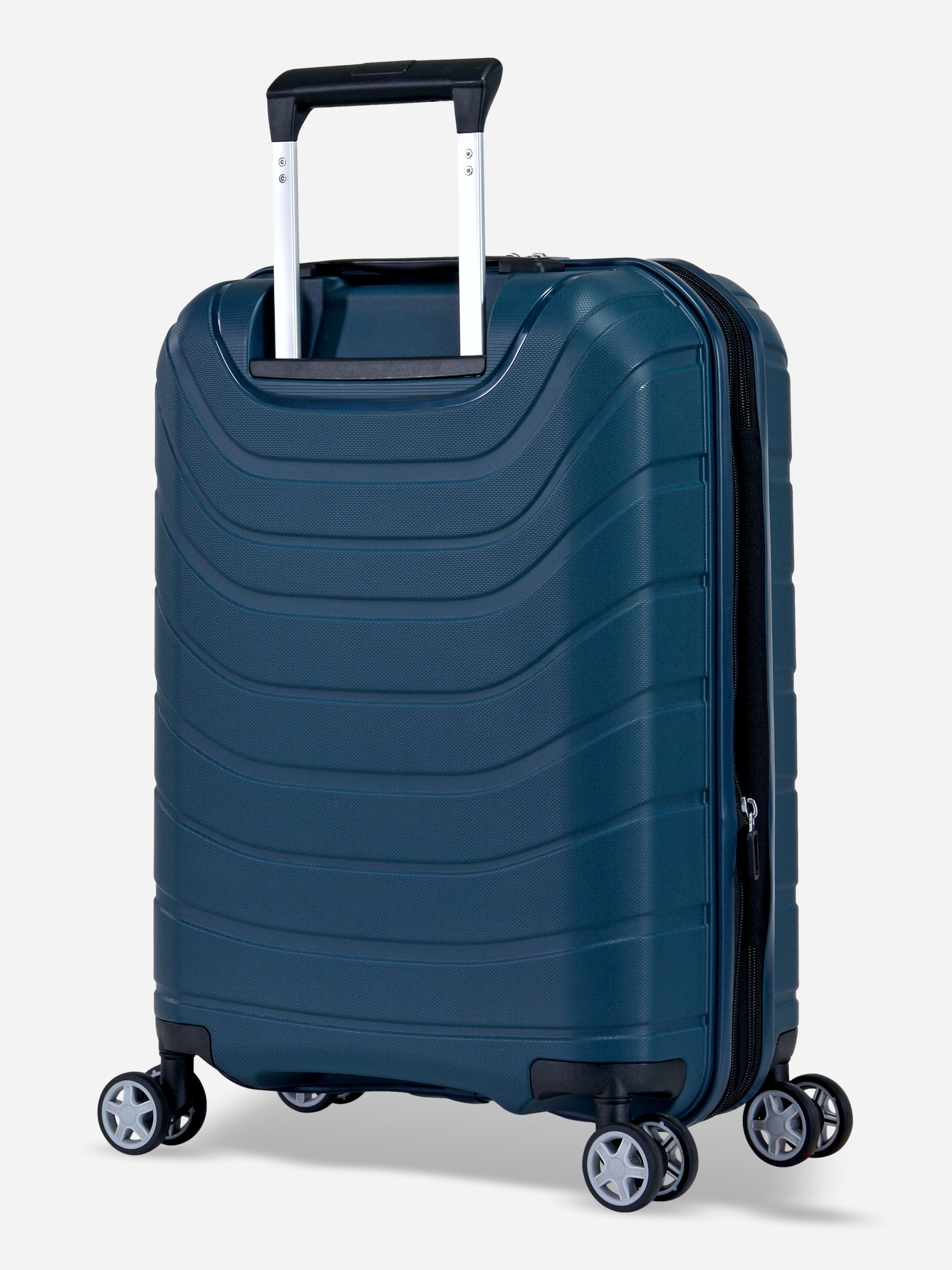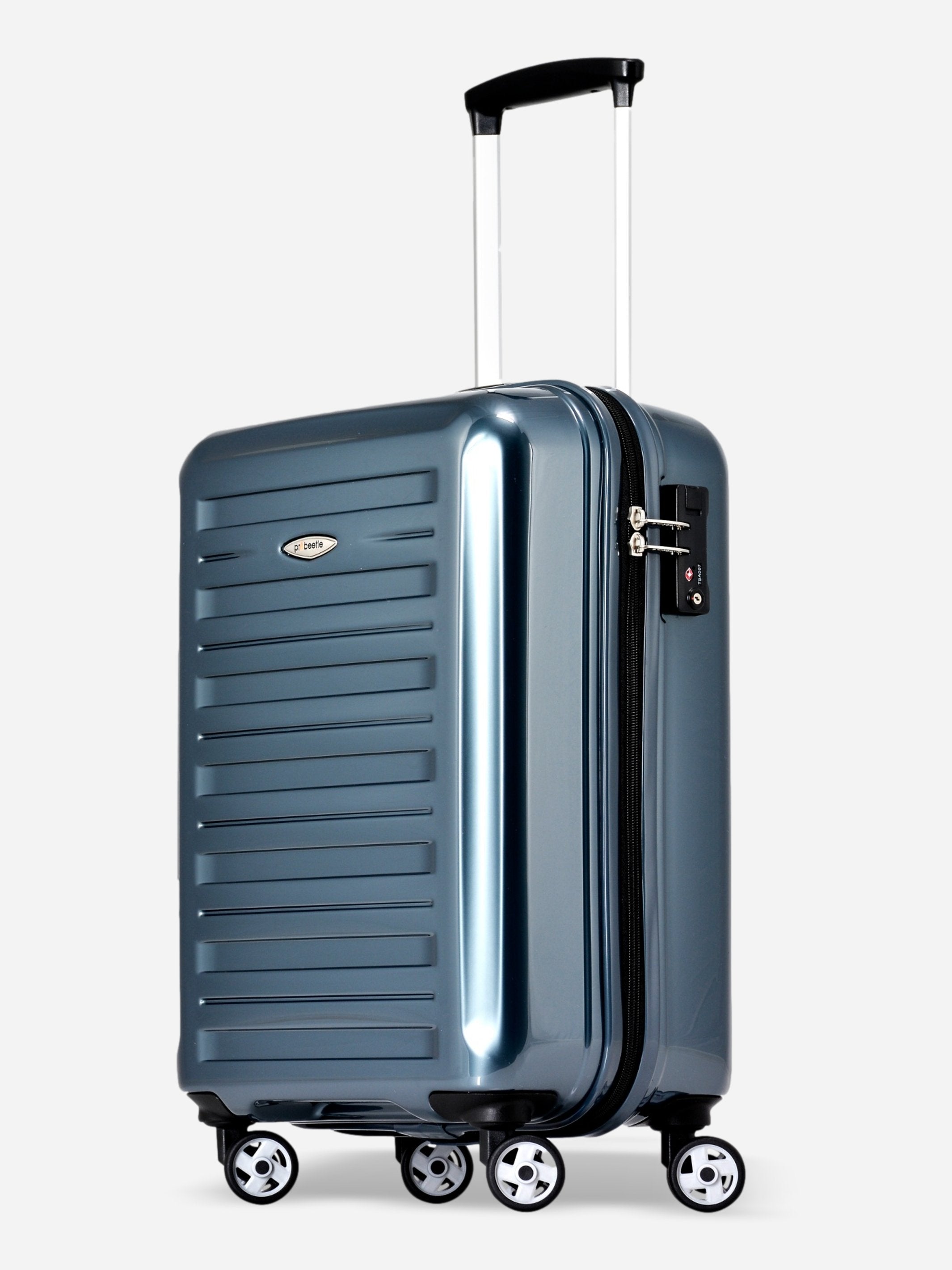WHAT ARE THE LUGGAGE LIMITS FOR DIFFERENT CRUISE LINES?
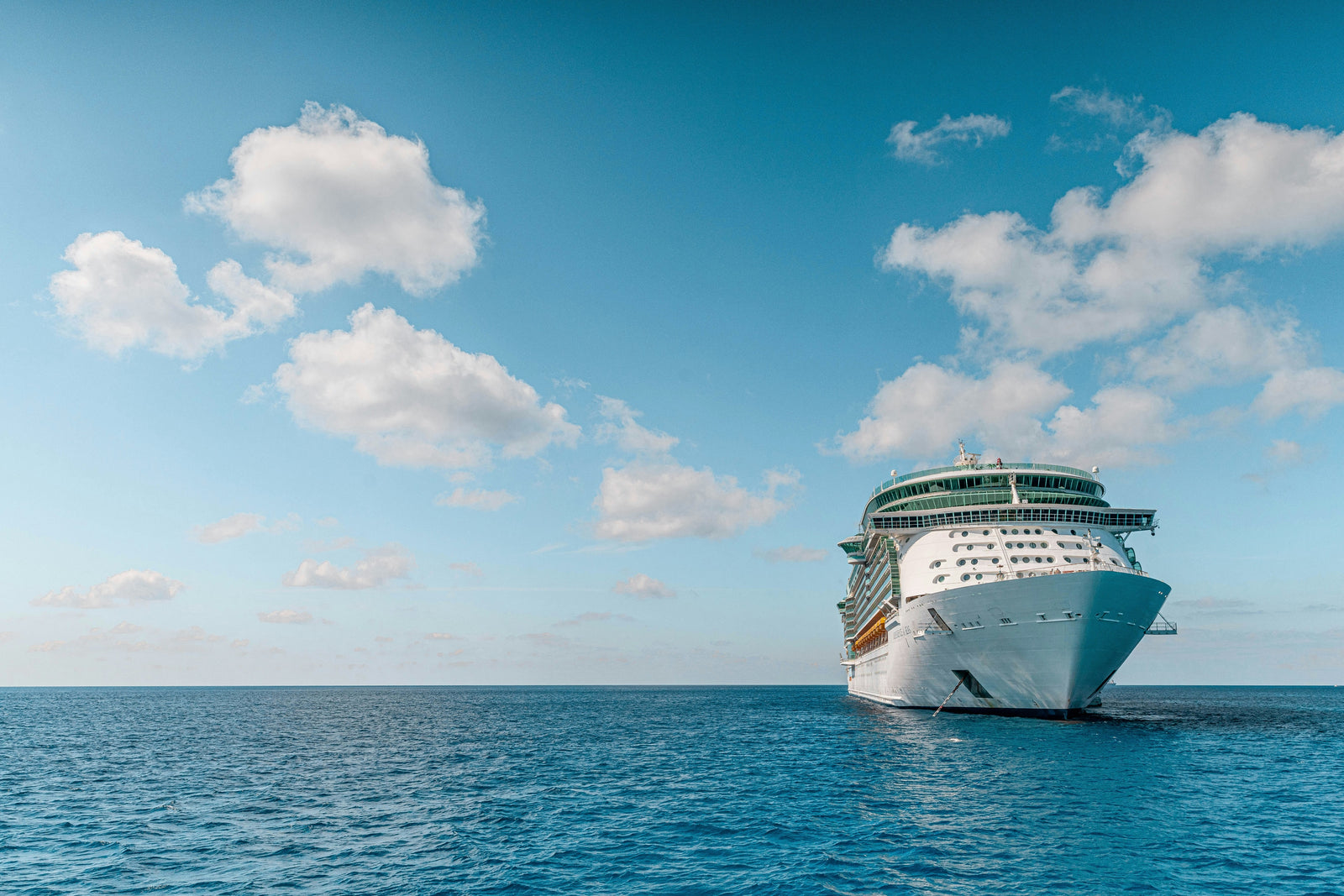
When planning for a trip, one of the most common questions travelers have is how much luggage they can bring. Ship lines often have specific policies regarding luggage to ensure the smooth boarding process and proper storage on the ship. The number of suitcases you're allowed to bring may vary depending on the line, cabin type, and itinerary. It’s important to be aware of these guidelines to avoid excess baggage fees or complications during embarkation. In this article, we'll break down the luggage policies of major lines, so you can pack efficiently for your next adventure.
CRUISE LINE BAGGAGE POLICIES AND RESTRICTIONS
When traveling aboard a ship, understanding the baggage policies and restrictions is crucial for a smooth embarkation process. Different lines, like Royal Caribbean, Carnival, and Norwegian, have specific luggage guidelines for their guests. Typically, each passenger is allowed to take one or two checked bags, with a weight limit of around 50 pounds per piece. It’s important to remember that excess baggage may result in additional fees or delays at the port. Some lines, such as Royal Caribbean, allow guests to bring a carry-on bag, as long as it is within size restrictions.
Before booking your trip, always check the line’s official website for the most up-to-date information on baggage policies. This will help you avoid any surprises regarding luggage limits and packing restrictions. Additionally, ships have limited storage space in cabins and staterooms, so packing light and smart can enhance your overall vacation experience. Be mindful of prohibited items like sharp objects, certain liquids, or oversized bags.
Also, remember that airline baggage policies differ from line regulations, so it’s essential to be aware of both if you're flying to your port. Keeping your bags within the permitted weight and size limits will ensure a smooth start to your vacation, without the hassle of dealing with excess baggage fees or inconvenience.
POTENTIAL ADDITIONAL FEES FOR EXCEEDING LUGGAGE LIMITS
While lines generally permit each guest to bring a certain number of bags, exceeding the luggage limits can result in additional fees. Most lines, including Royal Caribbean and Carnival, allow each guest to bring one or two checked bags, with a weight limit of 50 pounds per piece. If your bags exceed this weight or the number of bags permitted, you may be subject to charges. These extra fees can quickly add up, turning what seemed like a simple packing mistake into an unexpected cost.
In addition to weight and number restrictions, some lines also impose fees for carry-on bags that are too large to fit in designated storage spaces. If your carry-on exceeds the maximum size requirements, you may be required to check it in, leading to further delays and baggage fees. Therefore, it’s essential to review the baggage guidelines when booking your cruise, so you don’t end up paying extra for luggage that’s outside the allowed limits.
Additionally, some lines charge for items like extra cases of bottled water or specialty luggage, so be sure to inquire about the fees associated with these items when booking your trip.
BENEFITS OF TRAVELING LIGHT
One of the best ways to enhance your experience is by traveling light. Not only does this make your boarding process smoother, but it also frees up space in your stateroom for other essentials. Packing light means fewer bags to carry, which reduces stress during embarkation and disembarkation. In several cases, bringing less allows you to take advantage of the line’s convenient luggage services. For example, Royal Caribbean offers baggage delivery services that can take your checked bags directly to your stateroom, so you won’t have to drag them around the ship.
Moreover, when you travel light, you’ll find it easier to navigate between the ports of call. For shore excursions, a smaller bag means you can bring only the essentials: sunscreen, a camera, and perhaps a water bottle. You’ll also avoid the hassle of hauling heavy luggage around unfamiliar destinations. Traveling light encourages you to be more mindful of your clothing choices, enabling you to pack versatile outfits for the different activities and climates you’ll encounter during your trip. This approach also eliminates the need for excess clothing and shoes, giving you more space in your stateroom and simplifying packing.
When packing, remember that you don’t need to bring your entire wardrobe. Instead, opt for a few key items that are lightweight and versatile. With less to carry, you can focus on enjoying your vacation, knowing that your experience will be more relaxed and convenient.
TIPS FOR PACKING EFFICIENTLY
Packing for a trip doesn’t have to be stressful. With a little planning and smart choices, you can efficiently pack everything you need without exceeding luggage limits. One of the most important tips is to check your line’s baggage policy before you start packing. Each line has specific guidelines regarding the number and size of bags you’re allowed to take aboard, as well as weight restrictions. Once you’re familiar with these requirements, plan your wardrobe accordingly.
Start by selecting versatile clothing that can be mixed and matched for different occasions. For example, pack outfits that can transition from casual daytime excursions to more formal dinners. To minimize space, roll your clothes instead of folding them. This helps save space and reduce wrinkles. Also, use packing cubes to organize your clothes and accessories. These cubes help you separate items like swimwear, shoes, and medical necessities, making it easier to access your items during the trip.
When it comes to toiletries, opt for travel-sized products, as several lines limit the amount of liquids you can bring aboard. Consider using refillable containers for shampoo, conditioner, and lotion. Additionally, avoid packing unnecessary items like extra shoes or bulky accessories. Instead, focus on the essentials: comfortable clothing for excursions, swimwear for poolside relaxation, and formal wear for special dinners. Lastly, don’t forget to bring a small backpack or tote for your carry-on items, such as your camera, sunscreen, and a water bottle, which you’ll need while exploring the ports of call.
CONCLUSION
Packing for a trip requires some planning, but with the right approach, you can ensure a smooth and enjoyable experience. Remember to check your line's baggage policies and pack accordingly, considering the limits on the number of bags and weight. It's always a good idea to travel light, as it not only simplifies the process but also makes your time onboard and during excursions more convenient. Lastly, organizing your luggage using packing cubes and rolling clothes can help maximize space and reduce wrinkles.





